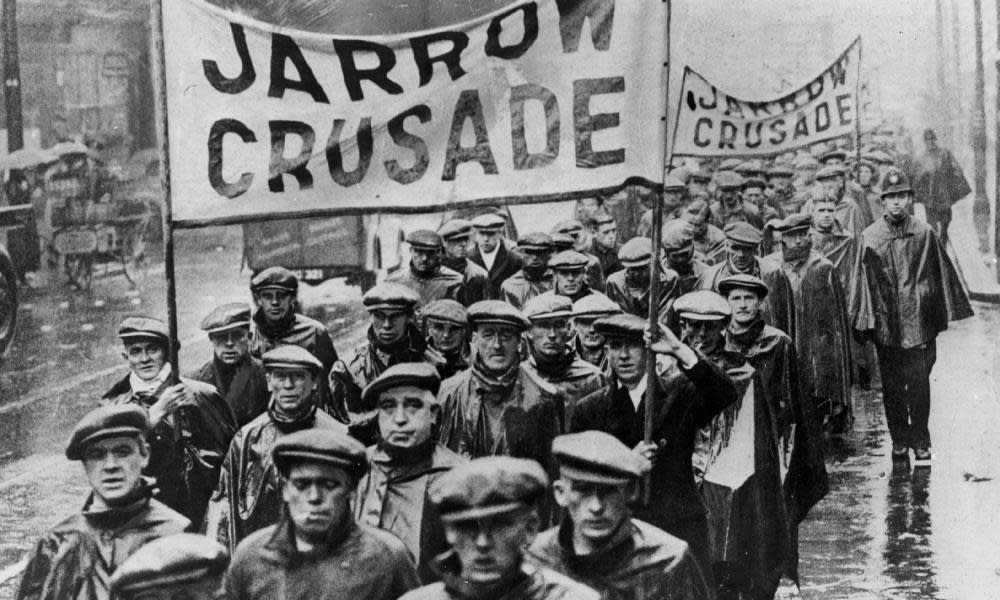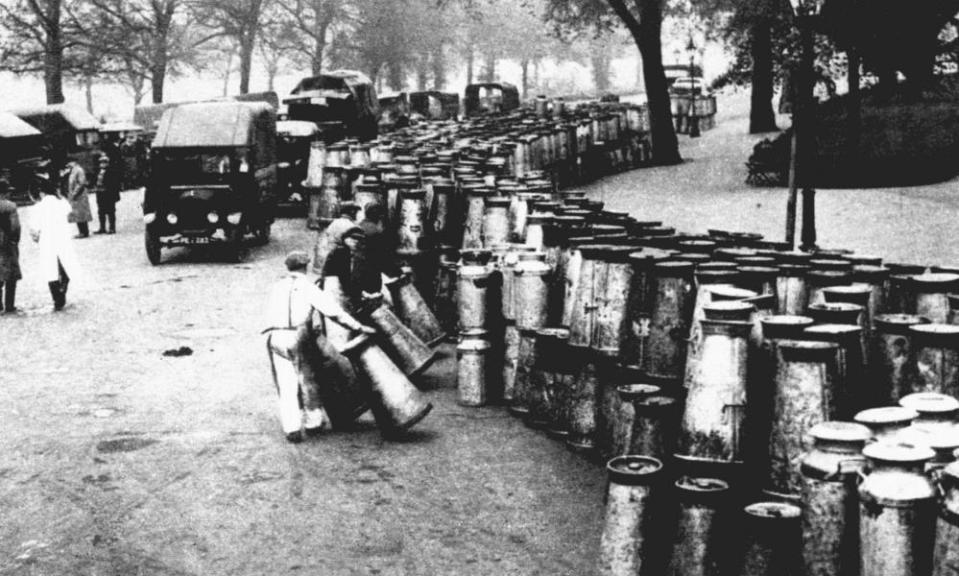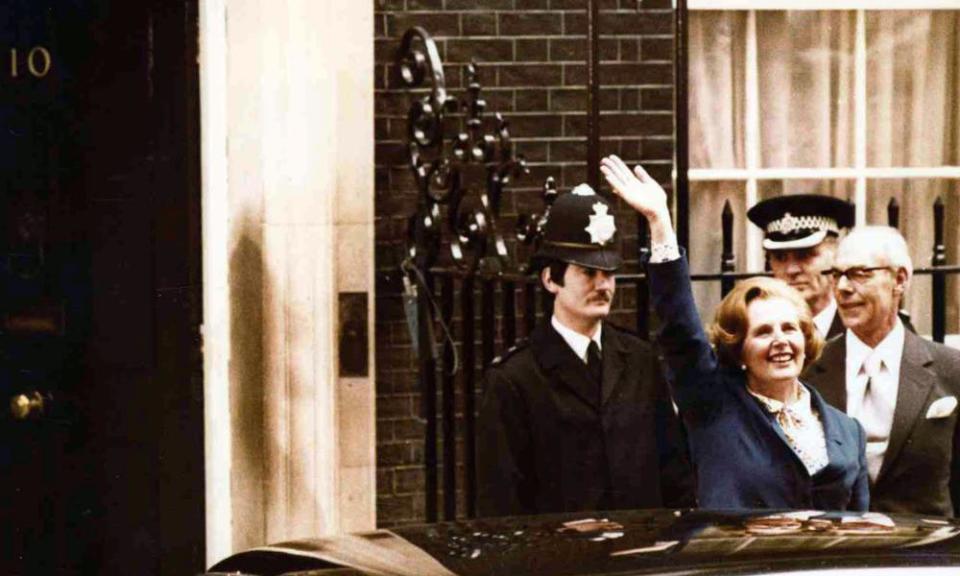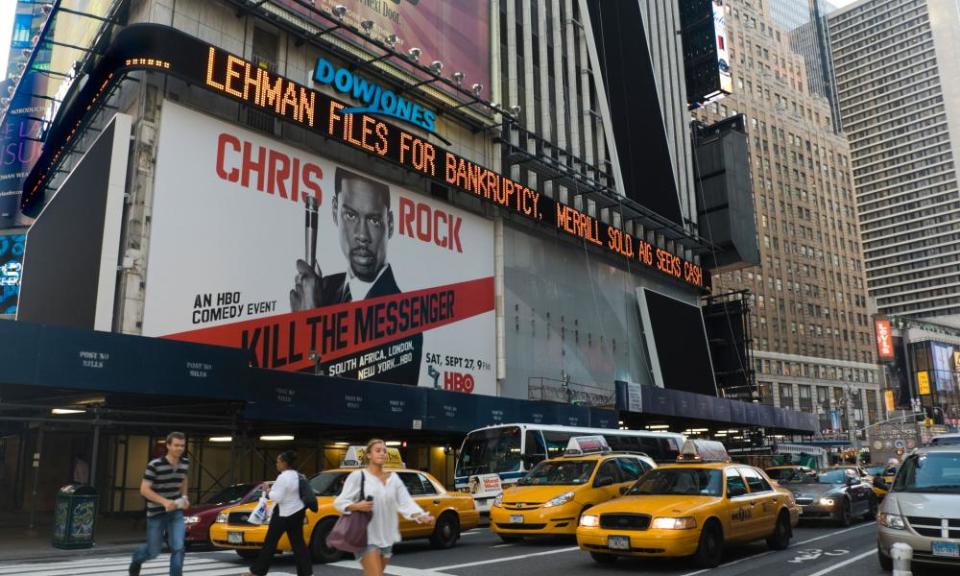How does UK's Covid recession compare with previous ones?

The coronavirus pandemic has plunged Britain’s economy into the deepest slump since quarterly records began, with the country officially confirmed in recession for the first time since the 2008 financial crisis.
Economists define a recession as two consecutive quarters of falling gross domestic product (GDP), the broadest measure of economic prosperity. After a 2.2% fall in the first quarter of 2020 and a historic 20.4% plunge in the second, the Covid-19 recession is the deepest of the modern age.
Quarterly figures from the Office for National Statistics date back to 1955. However, figures compiled by the Bank of England for annual GDP date back to 1706. The UK economy’s overall performance for 2020 as a whole will not be confirmed until early next year – although the Bank expects an annual fall of 9.5%, which would mark the deepest annual slump since after the first world war in 1921.
Post-first world war slump 1920-1926

The biggest downturn of the past two centuries came just after the first world war and the Spanish flu – the last major pandemic to strike – which killed more people than the conflict. Britain suffered a difficult transition from the war as coal strikes and the standing down of wartime production sank the country into a depression, with GDP collapsing by roughly a quarter between 1919 and 1921. Growth returned in 1922; but aftershocks continued, leading to the 1926 general strike, which caused another recession that year.
The Great Depression 1929-1933

The US was hit much harder than Britain after the Wall Street crash of 1929, in part because the UK had already suffered in the 1920s. The Great Depression delivered a monumental hit to living standards amid mass unemployment and prompted a sea-change in economic thinking, with President Franklin D Roosevelt’s New Deal spending package rebooting the US economy. Britain became the first country to come off the Gold Standard, allowing the pound and interest rates to fall, helping to boost industry and housebuilding.
Stagflation 1973-1976
The golden age of economic growth that followed the second world war in western nations came to a juddering halt in the 1970s. Oil-producing Arab states embargoed crude exports to the US, UK and other nations seen as supporting Israel in the Yom Kippur war, and the oil price rocketed fourfold. Britain already had major inflationary problems and a miners’ strike led to a three-day week in early 1974. UK unemployment rose and inflation hit 26% in 1975. In 1976, the UK sought an IMF bailout.
Deindustrialisation 1980-1981

After the winter of discontent and widespread strikes, Margaret Thatcher’s Conservatives came to power in 1979 with visions of radical economic reform to end years of relative decline. Interest rates were raised to tackle inflation and the pound was allowed to appreciate on foreign exchanges. The economy transitioned from manufacturing to become more services oriented. But a strong exchange rate and high borrowing costs led to a sharp rise in unemployment, with 20% of manufacturing going to the wall.
Lawson’s legacy 1990-1992
The classic example of boom and bust economic cycles came in the early 1990s as Britain lurched into recession after a period of stellar economic growth during the late 1980s. Under the chancellor, Nigel Lawson, deregulation of the City of London helped fuel easier borrowing conditions, while tax cuts and low interest rates prompted a property boom. After interest rates were doubled in 1989 to curb inflation, unemployment soared and house repossessions hit record levels. The bust was made worse by the EU’s Exchange Rate Mechanism (ERM), which prevented interest rate cuts.
Global financial crisis 2008-2009

The collapse that followed the 2008 banking crisis was the worst since the second world war. Banks around the world stopped lending to one another amid market panic over losses on speculative investments and the crisis led to huge government bailouts to prevent banks collapsing. Starved of access to finance, businesses failed and job losses soared. The recession that began between the run on Northern Rock in the UK in September 2007 and the collapse of Lehman Brothers in the US a year later has had a lingering aftermath , with a decade of anaemic recovery made worse by austerity.

 Yahoo News
Yahoo News 
